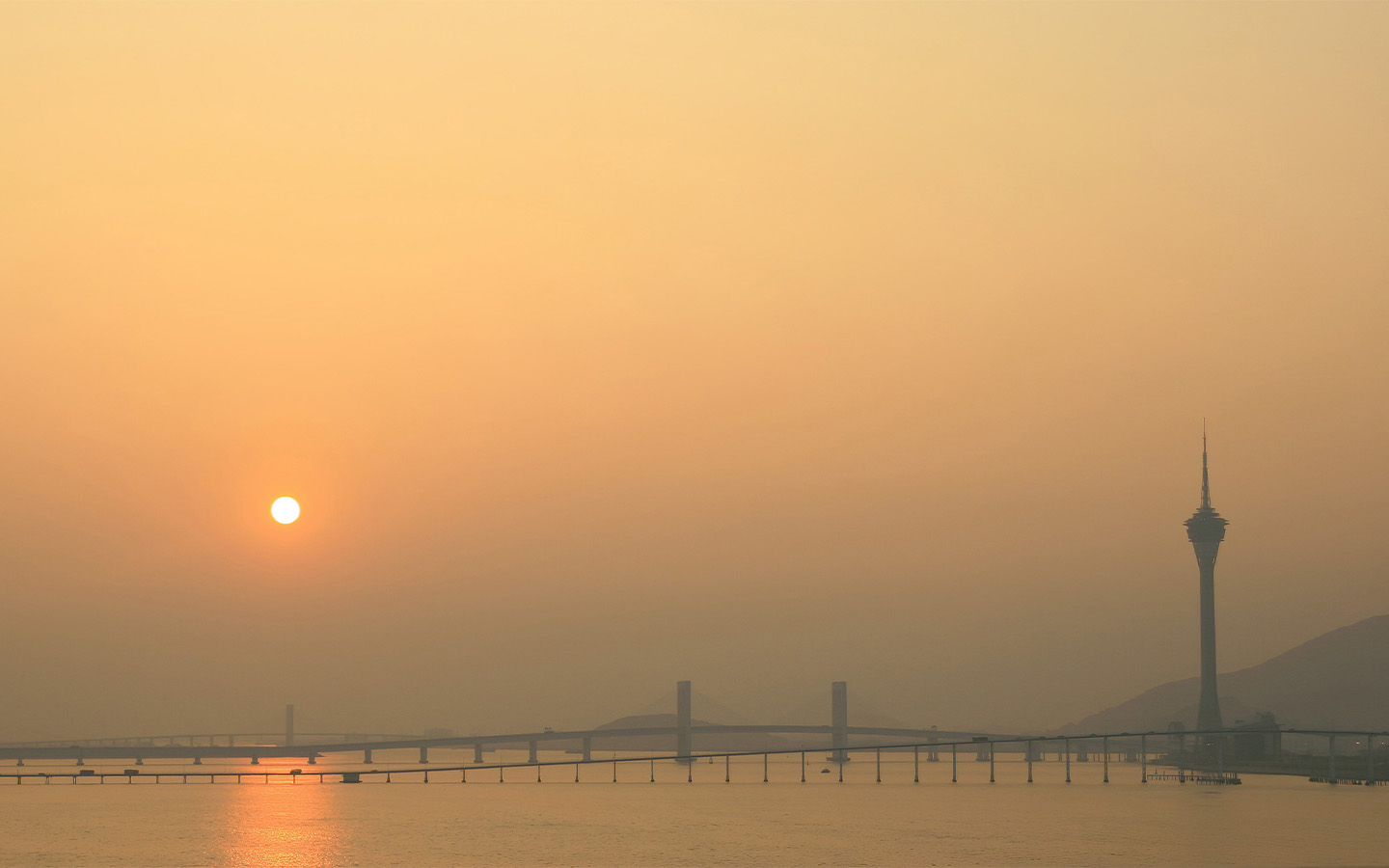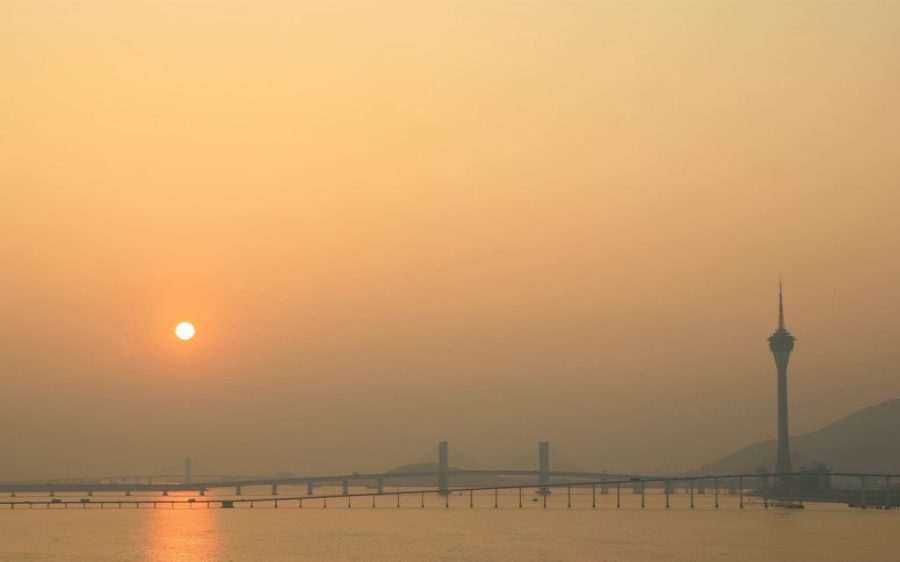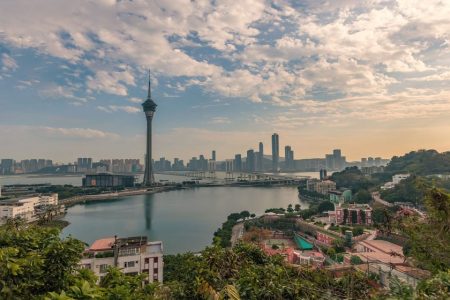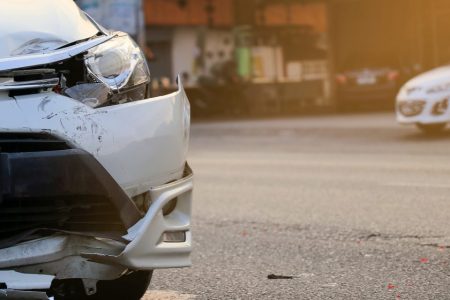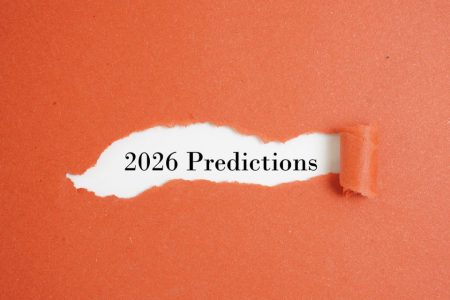Macao’s breakneck economic development over the past several decades has brought the city wealth, but it has also come at the cost of high levels of air pollution.
Recent data from the Swiss-based air quality firm IQ Air’s 2024 World Air Quality Report revealed that when it comes to soot, dust and other toxic microscopic matter (known as PM2.5) produced through sources such as car emissions and industrial processes, Macao had an annual average concentration of 17.7 micrograms per cubic metre (µg/m³), a level that exceeded the World Health Organisation’s (WHO) recommended PM2.5 level of 5µg/m³ by over threefold.
[See more: Macao’s air quality declined dramatically in 2024]
In the report’s ranking of locations with the most polluted air, Macao was placed 52 out of 138, making its air dirtier than other Asian cities such as Hong Kong and Singapore, which were positioned in 63rd and 94th place.
Even the Macao government’s 2024 air quality report doesn’t inspire much confidence, as it revealed noticeable increases in the number of days deemed to have “bad” air quality between 2023 and 2024. For instance, the frequency of bad days in the high density residential area of the Northern District grew from 9 in 2023 to 20 in 2024. Meanwhile, Coloane’s Ka-Ho district registered 34 bad days last year, up from the 25 recorded in 2023.
How does air pollution affect Macao residents?
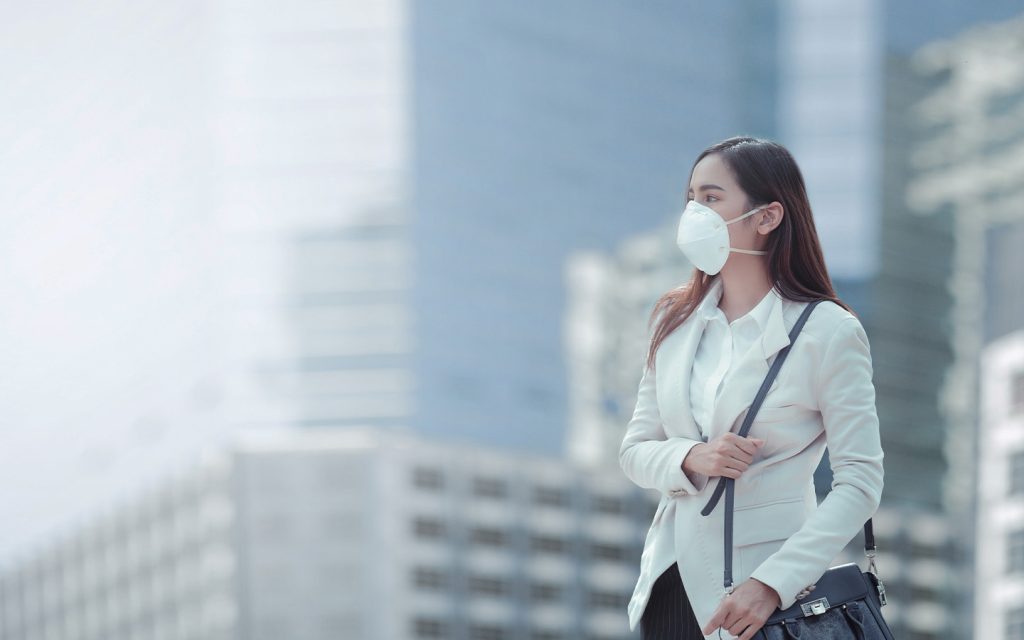
The substantial amount of pollutants such as PM2.5, PM10, sulphur dioxide (SO2), nitrogen dioxide (NO2), ozone (O3) and carbon monoxide (CO) in Macao’s air is troubling. As Thomas Lei, an associate professor at the University of Saint Joseph’s Institute of Science and Environment, points out, “poor air tends to have a quite detrimental effect [on] people’s health, especially to the lung and the heart.”
The expert singles out PM2.5, which he says is particularly concerning as its microscopic size means that “they can go very deep into your lung and enter the blood vessels,” leading to both heart and lung complications.
To hit the point home, Lei mentions that the dirty air inhaled by residents can be as equally harmful as cigarette smoke in that they both contain PM2.5.
“When we’re exposed to the poor air everyday, it’s like you’re smoking or you’re doing something bad to your body for an extensive period of time,” the academic points out.
[See more: In the spotlight: Are people in Macao paying the price of light pollution?]
Meanwhile, exposure to ozone – which Lei says is a particularly serious problem in Macao due to its high levels across the city – can lead to an array of respiratory and lung issues, including asthma, shortness of breath and lung inflammation.
There is also a growing body of literature that has established a link between polluted air and mental health issues. One meta-analysis from 2022, for instance, found a correlation between depression and long-term exposure to PM2.5 and NO2.
Poor air doesn’t simply affect the physical and mental wellbeing of residents. Research has also found that it can also have social implications. A 2025 Hungarian study found that in the context of Europe, a jump in PM2.5 and PM10 pollution levels resulted in a 14.1 percent decline in birth rates the following year, which was followed two years later by another 17.2 percent drop.
Meanwhile, a study published by US scientists this year concluded that exposure to dirty air can adversely affect embryo quality, as well as male and female fertility. As it happens, Macao is currently grappling with a plummeting birth rate, which the government is attempting to reverse largely through financial incentives and more family-friendly policies.
What are the causes of air pollution in Macao?
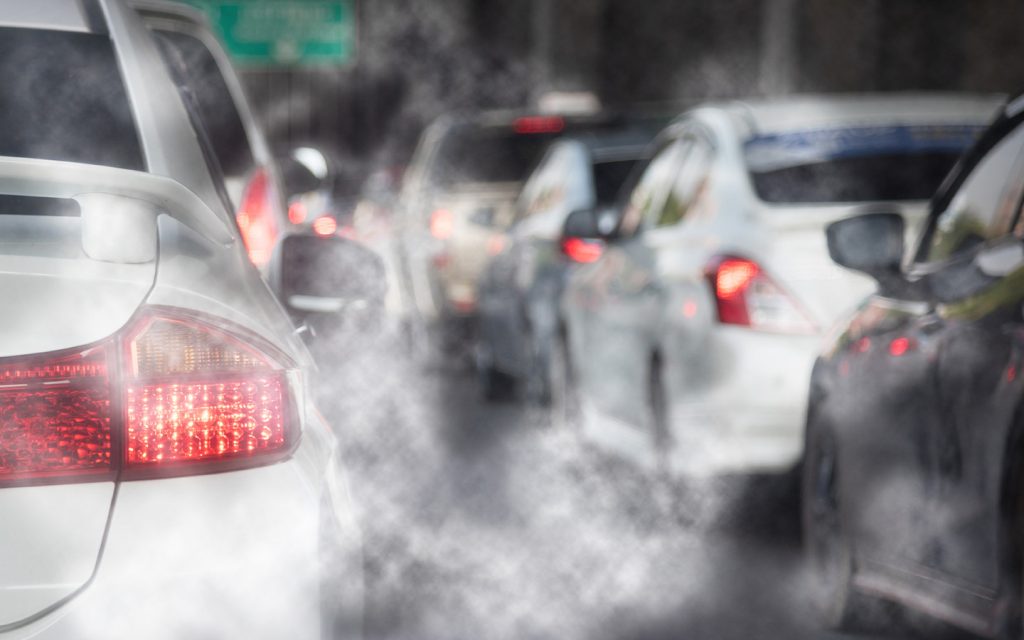
Air pollution in Macao comes from a number of sources, including internal ones such as vehicle emissions, which Lei considers to be “one of the major contributors” in terms of “personal exposure” to air pollution.
The academic points out that petrol vehicles emit a range of pollutants, including NO2 from the tailpipes and PM10 from the brake pads. To make matters worse, Macao’s compact streets, narrow roads and high concentration of traffic lights that require vehicles to constantly start and stop makes these emissions all the more concentrated.
“Ideally, the road should be further apart from the building, the office or the sidewalk…because you are exposing [yourself to emissions],” Lei says. He concedes, however, that it is difficult to avoid pollutants in urbanised areas due to the greater population and opportunities for exposure.
Aside from motorised vehicles, other notable sources of air pollution in Macao include the two gas-fired power plants in Coloane, the solid waste incinerator in Taipa and the sewage treatment plants.
[See more: Forget fossil fuels, the meat and dairy industries are the real climate culprits, study finds]
While these sources contribute to Macao’s poor air, Lei points out that regional air pollution – toxic emissions from other parts of the Greater Bay Area spread through wind – is another key factor.
“Macao is very small to begin with, and we’re highly influenced by external factors,” the environmental scientist says, adding that “the wind direction plays a huge role in the air quality.”
To illustrate his point, Lei points out that Macao’s air tends to be cleaner during summer time due to the sea breeze from the south, which carries away air pollutants from the city. In contrast, the territory’s air deteriorates significantly during the winter period between December and January, as the wind blowing from the north carries pollutants from the inland to the coast, leading to a surge in Macao’s PM levels. A look at the 2024 air quality report shows that December had by far the highest number of days that failed to meet the government’s standard for PM2.5 and PM10.
As Lei points out, “if the air is not good in Guangzhou, it’s probably just as bad in Macao and Hong Kong because [the effects] are transboundary.”
What can be done about air pollution in Macao?
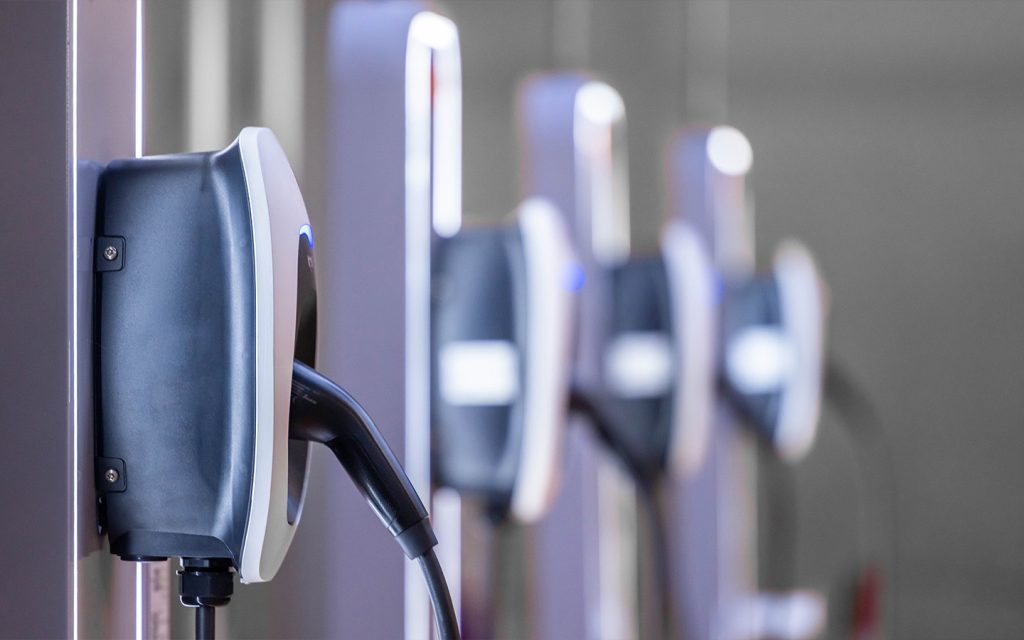
Tackling air pollution in Macao requires a multifaceted approach that addresses the issue locally and beyond. One way for the city to better recognise the scope of the problem and to drive serious change is by updating its air quality index to reflect the actual international benchmarks.
Although Macao’s Meteorological and Geophysical Bureau lifted its air quality standards in 2021 to better match the stricter targets outlined in the WHO’s revised Global Air Quality Guidelines (AQGs), it still falls short of international requirements.
Lei, for example, points out that Macao’s limits for the six key pollutants do not make use of the actual AQG levels, but rather one of the four AQG interim targets that serve as stepping stones for developing countries and regions to reach the final levels.
[See more: Air quality monitoring in the US favours whiter communities, a study finds]
Looking at the SAR government’s air quality index, the current 24-hour “safe” limit for PM2.5 and SO2 exposure has been set at the interim target 2 cap of 50µg/m³, a level that is higher than the AQG standard of 10µg/m³ for PM2.5 and 40µg/m³ for SO2. Meanwhile, Macao employs the interim target 1 limit of 160µg/m³ for ozone, whose AQG level is set at 100µg/m³.
As a result, the government’s report paints a much rosier picture of the air quality in Macao, leading to a greater number of days with “good” and “moderate” air quality levels in comparison to “bad” days.
Reducing the number of motorised vehicles can also greatly help to limit residents’ personal exposure to dirty air. Indeed, air pollution caused by such vehicles has been aggravated by the exponential rise in vehicle ownership over the past twenty years. Between December 2004 and 2014, the number of fossil fuel powered vehicles in the city swelled by around 71 percent from 141,258 to 241,107. As of December 2024, the total stood at 253,182, meaning that there were around 724 such vehicles for every one kilometre of road.
In an effort to cut down on vehicular emissions, the government has introduced a number of measures to encourage residents to switch over to green vehicles such as electric vehicles (EVs) and hydrogen vehicles. For example, Lei mentions that Macao has implemented subsidies and full tax exemptions for EV purchases. Meanwhile, the network of charging stations in public parking lots has been on the rise.
Adoption levels continue to remain relatively low, however. Government data shows that as of this January, there were 12,525 electric vehicles, a figure that represents only about 5 percent of the vehicles on Macao’s roads.
Lei also points to the government’s Long-term Decarbonisation Strategy blueprint, which was released in 2023, and sets targets of peak carbon emission by 2030 and near zero emissions by 2050. As part of this broader effort to reduce air pollution, the authorities have been engaging in extensive tree restoration, planting 120 hectares of trees in Coloane last year.
Regionally, the cities that comprise the Greater Bay Area (GBA) have been stepping up collaboration, as demonstrated by the signing of an agreement between Macao, Hong Kong and Guangdong to boost cooperation in regional air pollution in 2014, and the implementation of a plan by Chinese authorities in 2020 to encourage the GBA cities to share meteorological data and research.
With such measures and policies in place, there is certainly hope that Macao’s air will grow cleaner, with Lei noting that “if you look back 10 years…the air has been improving.
[See more: Thousands hospitalised as smog reaches record levels in Pakistan and India]
The government’s latest air quality report does show a downward trend in the concentration of pollutants such as PM2.5, PM10 and SO2 over the past two decades, although O3 levels remain as high as ever before.
Despite this, the expert remains adamant that to drive serious change, there needs to be a shift in attitude towards the issue of air pollution among residents, which he believes can be achieved through education for both children and adults.
“Many people are indifferent about the air,” the academic points out. “I think how they judge the air is they look out [at] the window and if they see [a] blue sky, they think the air is good. I can tell you, this is incorrect.”
